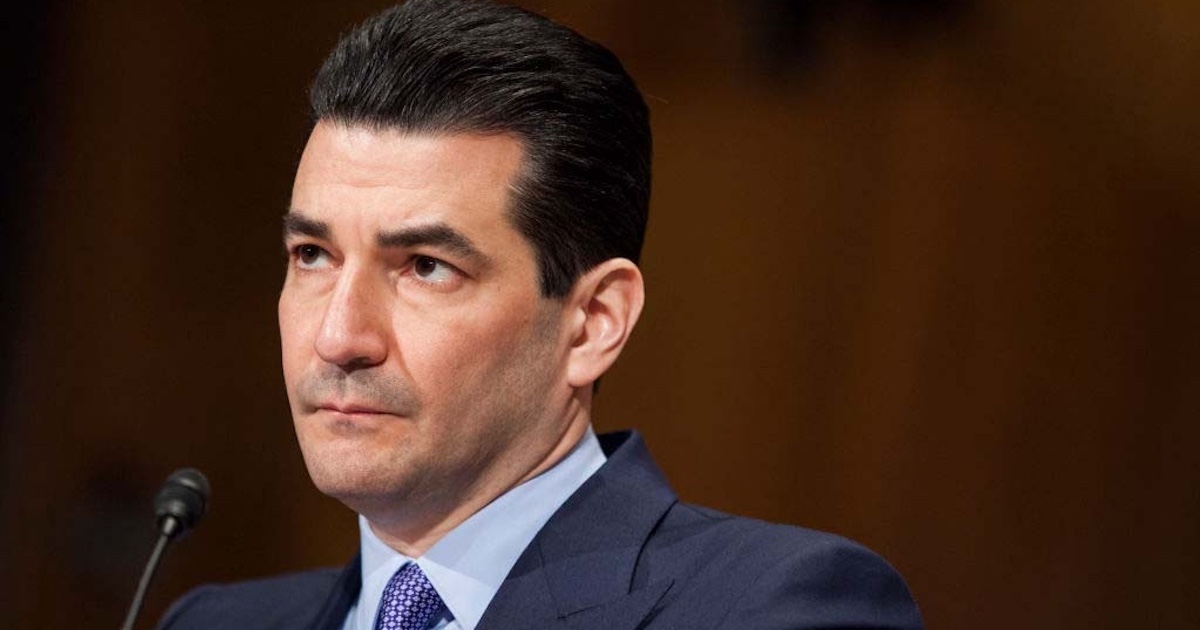From impenetrable ink to wrist-borne rashes to less-than-stellar sales, the Apple Watch has weathered its share of road bumps. But mHealth developers and healthcare providers are still eagerly jumping on the bandwagon with studies and apps.
Do they think it'll be the next big thing in healthcare? Yes. And no.
"We're trying to use any and all tools at our disposal," says Richard Milani, MD, chief clinical transformation officer at New Orleans-based Ochsner Health, who sports an Apple Watch on his own wrist and is pushing the device out to patients with high blood pressure. He admits he's not sure if the watch – which starts at $350 – will catch on, "but if these kinds of triggers can be impactful, then it tells us something about what we need to do."
In other words, it's not about the device; it's about the outcome.
Ochsner is one of the front-runners in the mHealth arena, having been among the first health systems to take to the Apple HealthKit platform in 2014. In this latest study, dozens of patients in the Ochsner Hypertension Digital Medicine Program have been given the watch to help maintain medication compliance at home, The patients, already equipped with wireless blood pressure cuffs integrated through HealthKit with the Epic EMR system, receive medication reminders and renewal notifications, feedback from clinicians and activity tracking and exercise reminders.
[See also: Apple Watch gets its app for doctors]
"The interesting thing about having something on your wrist is, obviously, it's worn on the body," says Milani. "That may be very important. So much of this is about behavior, and about trying to nudge people in the right direction."
Milani notes that 40 percent of adults in the New Orleans area have high blood pressure (the national average, by the way, is 30 percent), and half don't have it under control. They need tools that can help them manage their condition at home.
So the Apple Watch is the cool new toy that everyone wants to have. And that's why the Mayo Clinic, WebMD, drchrono and a host of other healthcare entities are using it. It's a popular new form factor. But beyond the early adopters and those who can afford to shell out that much money for a smartwatch, will it catch on with the public to the point that it can be used as an effective health management tool?
"We're doing this on the hope that some of these tools can be beneficial," says Milani, whose health system is looking for philanthropic partners to bankroll future projects like this.
The key, he says, lies in the results, If clinical outcomes show a marked improvement – and Ochsner's use of home monitoring devices have led to a 45 percent reduction in readmissions among heart failure patients – then the health system can continue on this path. Perhaps it and other top-of-the-line health systems like Mayo and Duke University can partner with Apple to design the next version of the Apple Watch.
Consider another device teetering between innovation and obsolescence: Google Glass. The interactive eyewear took the world by storm when it debuted, capturing the imaginations of users and certain industries – healthcare included – with the possibilities. But the eyewear took hit after hit as it was tested in public, and Google eventually set it aside. Now there's word that version 2 might soon be unveiled. If Google can overcome the obstacles that derailed the first version, it may yet have a viable product.
Some critics have suggested that smartwatches will follow the path set by Google Glass – initial enthusiasm, and then a gradual downward spiral as the negatives overcome the possibilities. But smartwatches can evolve as the technology becomes more adaptable, and that one big pain point – the price tag – can be overcome.
Then the doctor won't be the only one in the study who can afford a smartwatch.
See also:
Apple touts Watch's fitness features
Apple Watch: All hype or some hope for healthcare?


